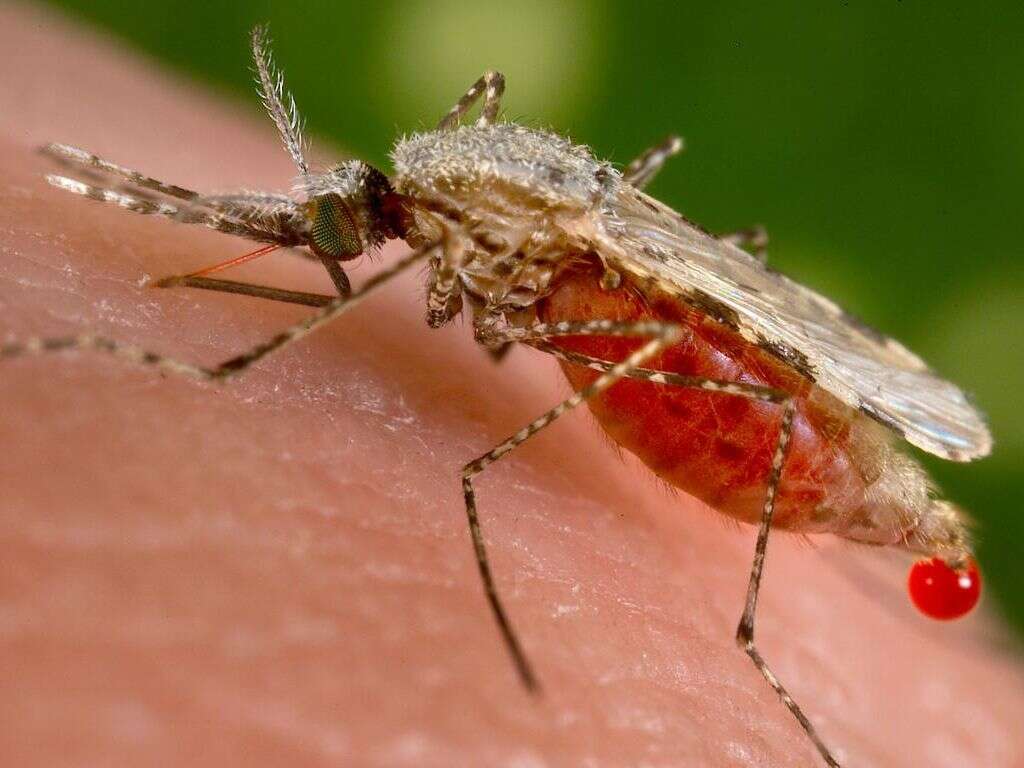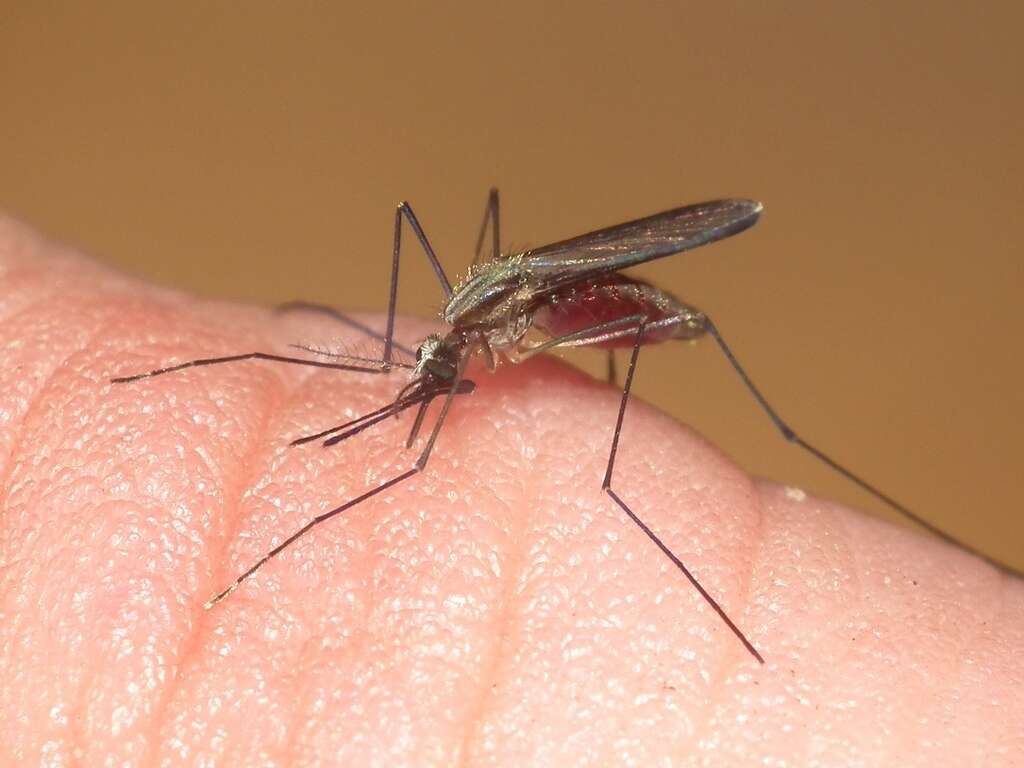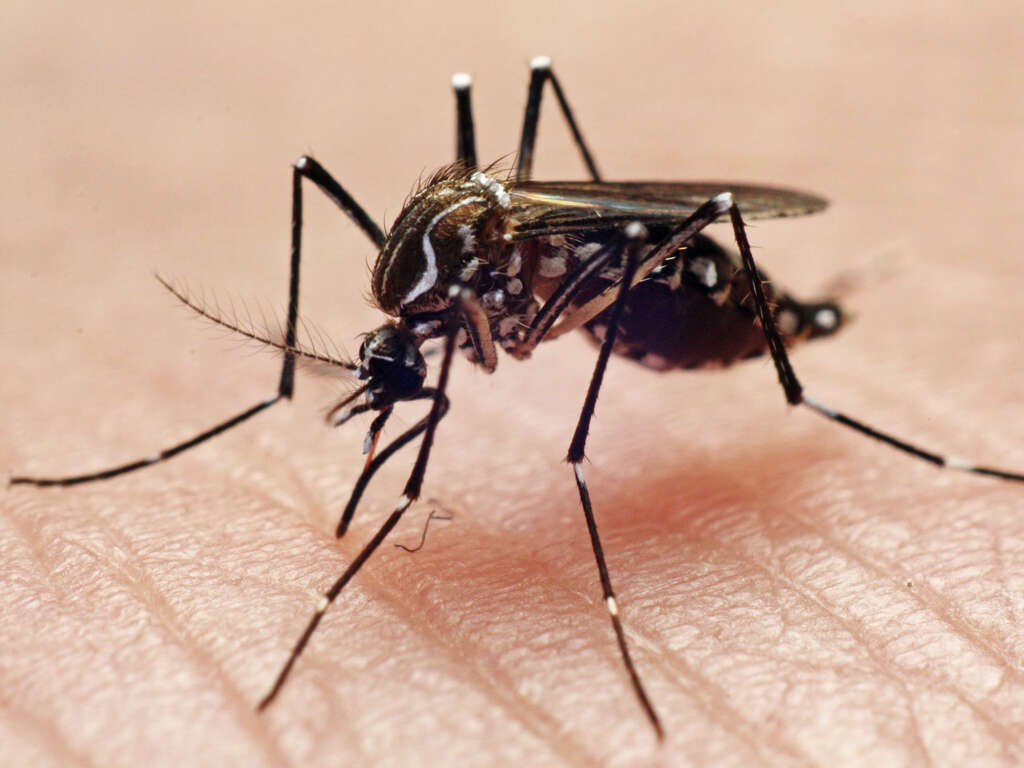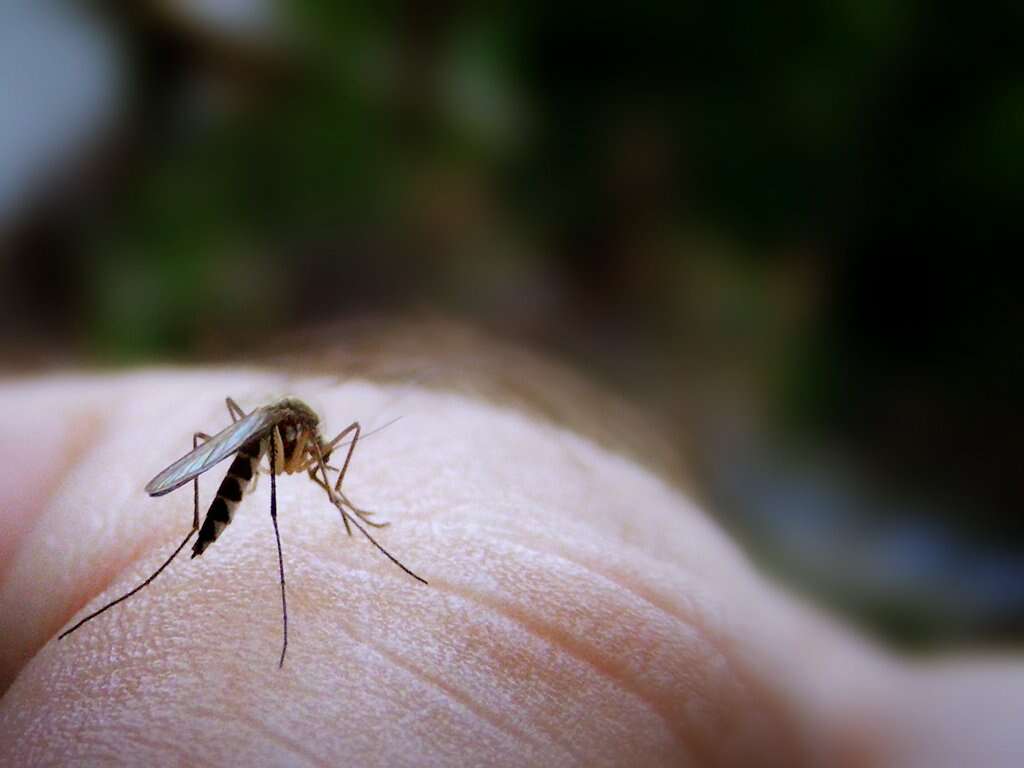10 Bartonella Symptoms
 Article Sources
Article Sources
- 1. ’Bartonellosis.’ Columbia University Irving Medical Center. https://www.columbia-lyme.org/bartonellosis
- 2. ’Lyme Disease Co-infection: Bartonella.’ Lyme Disease Organization. https://www.lymedisease.org/lyme-basics/co-infections/bartonella
- 3. ’Bartonella Infection in Cat Scratch Disease, Trench Fever, and Carrion’s Disease.’ Centers for Disease Control and Prevention. https://www.cdc.gov/bartonella/symptoms/index.html
- 4. Cheslok M; Embers M. ‘Human Bartonellosis: An Unprecedented Public Health Problem?’ National Institutes of Health. https://www.ncbi.nlm.nih.gov/pmc/articles/PMC6630881
- 5. Akram S; Anwar M; Thandra MK; Rawla P. ‘Bacillary Angiomatosis’ National Institutes of Health. https://www.ncbi.nlm.nih.gov/books/NBK448092
Bartonella bacteria are found around the globe. Over 20 different Bartonella species have been identified, some of which cause diseases in humans. Bartonellosis is a group of diseases that include cat scratch fever, trench fever and Carrion's disease. The bacteria are transmitted by multiple vectors, including fleas, ticks and used needles.
Bartonella are parasites that live in red blood cells and the endothelial cells that line blood vessels. They also invade macrophages, the white blood cells that clear up debris at infection sites. Doctors once thought Bartonella cause only mild-to-moderate illnesses, but more severe diseases may be associated with these bacteria.1’Bartonellosis.’ Columbia University Irving Medical Center. https://www.columbia-lyme.org/bartonellosis
Bartonellosis Symptoms in Humans
The illness is typically mild and may resolve on its own, though it may cause chronic infections. Mothers may transmit the bacteria to their babies.1’Bartonellosis.’ Columbia University Irving Medical Center. https://www.columbia-lyme.org/bartonellosis Bartonellosis symptoms include fever, fatigue and headache along with poor appetite. Swollen glands appear, especially around the arms, neck and head. An unusual rash with red streaky marks may be present.
Symptoms of advanced bartonellosis may include neurological symptoms or psychiatric signs. Bartonellosis may accompany Lyme disease as a co-infection.2’Lyme Disease Co-infection: Bartonella.’ Lyme Disease Organization. https://www.lymedisease.org/lyme-basics/co-infections/bartonella Bartonellosis can be completely asymptomatic, while the majority of cases are mild and self limited. Severe cases can affect multiple organs.

Neurological Symptoms of Bartonellosis
Advanced bartonellosis may cause neurological symptoms, including numbness in the hands and feet and blurred vision. Called neuro bartonellosis, the condition also causes unsteady gait and balance problems, headaches, memory loss and tremors. Seizures may also be present. Sometimes, the neurological condition may trigger psychiatric symptoms due to the bacterial infection affecting the chemicals in the brain.
Most likely to occur in people with weak immune systems, such as those with HIV infections or organ transplants, the neurological symptoms may respond to antibiotics.2’Lyme Disease Co-infection: Bartonella.’ Lyme Disease Organization. https://www.lymedisease.org/lyme-basics/co-infections/bartonella

Trench Fever Symptoms
Trench fever is an illness caused by B. quintana, a Bartonella species. Symptoms include headache and fever, and it may also cause a rash. The fever may be present in the initial stages of the disease, or it may be persistent and arise periodically.
Bone pain, mostly in the shins, back and neck, may occur with trench fever because bone marrow is rich with red blood cells, and infection in the marrow causes pressure and discomfort.3’Bartonella Infection in Cat Scratch Disease, Trench Fever, and Carrion’s Disease.’ Centers for Disease Control and Prevention. https://www.cdc.gov/bartonella/symptoms/index.html Chills, weakness, and dizziness can also develop.

Symptoms of Carrion's Disease Phase I
B. bacilliformis bacteria cause Carrion's disease, and it typically includes two phases with different symptoms. It's a rare disease predominantly found in South America and transmitted by sandfly bites.
Phase I causes Oroya fever, in which a person experiences fever and headache along with muscle aches and abdominal pain. Severe anemia and a lowered ability to fight off infections of any kind may result from the bacteria attacking red and white blood cells.3’Bartonella Infection in Cat Scratch Disease, Trench Fever, and Carrion’s Disease.’ Centers for Disease Control and Prevention. https://www.cdc.gov/bartonella/symptoms/index.html

Symptoms of Carrion's Disease Phase II
The second phase of Carrion's disease adds another symptom, growths under the skin called Peruvian warts or verruga peruana. As these warts grow, they may become raised and rounded. If irritated or disturbed, the red or purple warts bleed easily and cause pain. Secondary infections with other bacteria may occur.
Both phases of Carrion's disease may respond to antibiotics, such as doxycycline. In some cases, multiple antibiotics may be needed to eradicate the bacteria causing secondary infections.3’Bartonella Infection in Cat Scratch Disease, Trench Fever, and Carrion’s Disease.’ Centers for Disease Control and Prevention. https://www.cdc.gov/bartonella/symptoms/index.html

Cat Scratch Fever Symptoms
Cat scratch fever is an infection caused by Bartonella henselae. The illness follows bites or scratches from an infected cat and occurs five to 14 days after infection. It may range from mild to severe.
Symptoms of cat scratch fever include a mild fever and an obvious pustule at the site of the wound. One to three weeks after exposure, the lymph nodes enlarge and become tender. Rarely, B. henselae may cause eye infections, severe muscle pain or encephalitis, an infection in the brain.3’Bartonella Infection in Cat Scratch Disease, Trench Fever, and Carrion’s Disease.’ Centers for Disease Control and Prevention. https://www.cdc.gov/bartonella/symptoms/index.html

Bacillary Angiomatosis
Bacillary angiomatosis is a complication of cat scratch fever that primarily occurs in people with weakened immune systems. Bartonella bacteria cause lesions that appear in or under the skin and in bones and other organs.
People undergoing chemotherapy and those with HIV are more likely to be diagnosed with bacillary angiomatosis. This uncommon disease was originally thought to arise only in people with severely weakened immune systems, but it's seen in people with normal immune systems as well.4Cheslok M; Embers M. ‘Human Bartonellosis: An Unprecedented Public Health Problem?’ National Institutes of Health. https://www.ncbi.nlm.nih.gov/pmc/articles/PMC6630881,5Akram S; Anwar M; Thandra MK; Rawla P. ‘Bacillary Angiomatosis’ National Institutes of Health. https://www.ncbi.nlm.nih.gov/books/NBK448092

Subacute Endocarditis Symptoms
Bartonella may cause subacute endocarditis, or SBE, an infection in the heart tissues, especially the lining of the heart valves. Vegetation, the resulting growth on the lining of the valves, may cause holes in the valves, allowing the bacteria to travel to other parts of the body. If left untreated, subacute endocarditis may be fatal.
People with SBE may experience fatigue, flu-like symptoms, joint and muscle pain, painful breathing and night sweats. Swelling may occur in the legs, feet and abdomen.

Bartonella Peliosis Symptoms
Bartonella peliosis, another complication of cat scratch fever, occurs when Bartonella bacteria attack the liver and spleen, both blood-rich organs. Carried by red and white blood cells, the bacteria cause cavities filled with blood to form in the spleen and liver. The bone marrow may also be involved.
The appearance of the affected organs may mimic cancer, so doctors must rule this out. In some cases, bleeding from the cavity may be serious, causing lightheadedness and other signs of anemia, such as fatigue and weakness.

Summary
Numerous species of Bartonella bacteria cause illness in humans. Mostly, the illness is mild and self-limiting, but complications in a severe case of Bartonella disease may be fatal if left untreated. Bartonella is transmitted to humans by vectors, which may be insects, animals or inanimate objects, such as needles.
People with compromised immune systems are especially vulnerable to Bartonella diseases and their complications. Doctors treat Bartonella infections with antibiotics, such as doxycycline and erythromycin.










